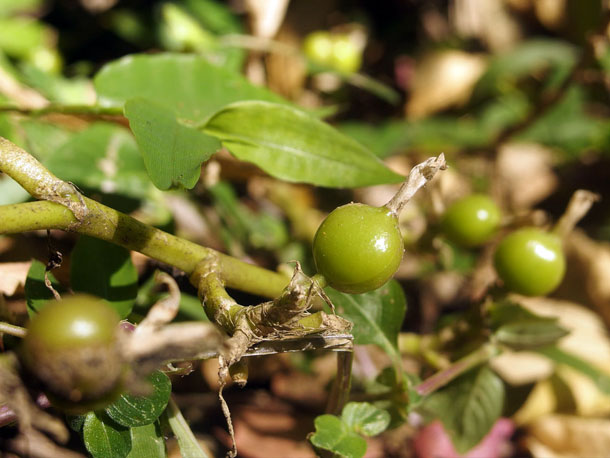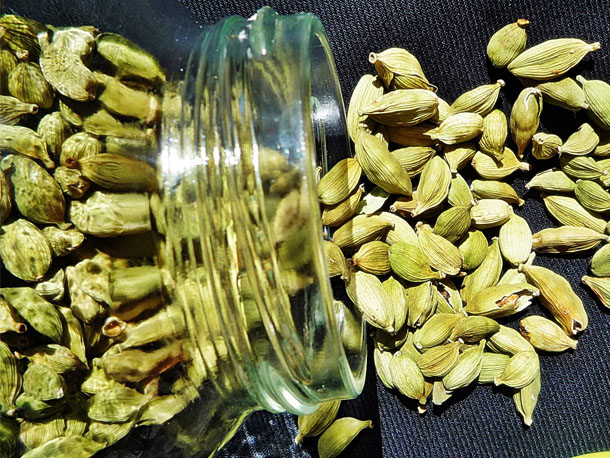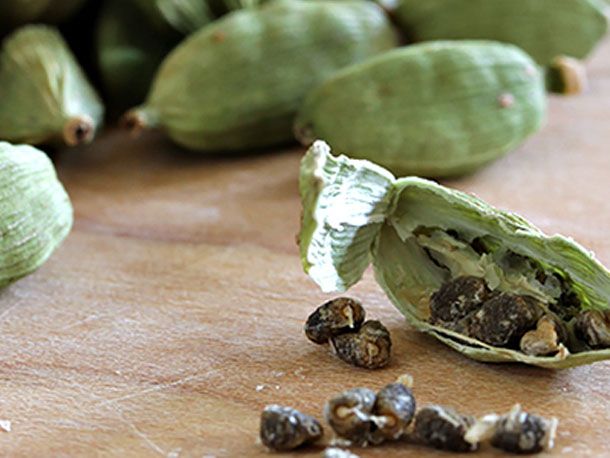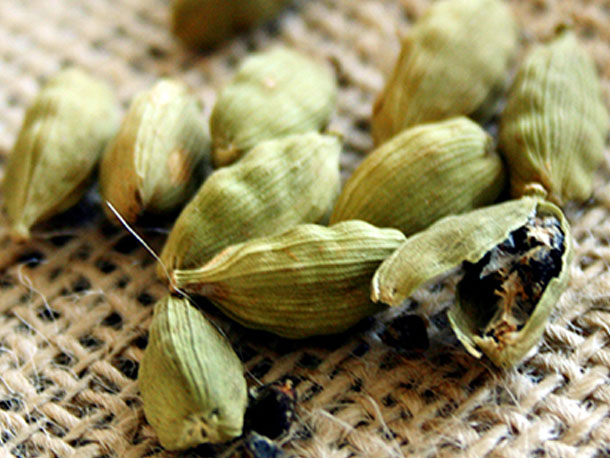Fine Guatemalan outlook caps cardamom
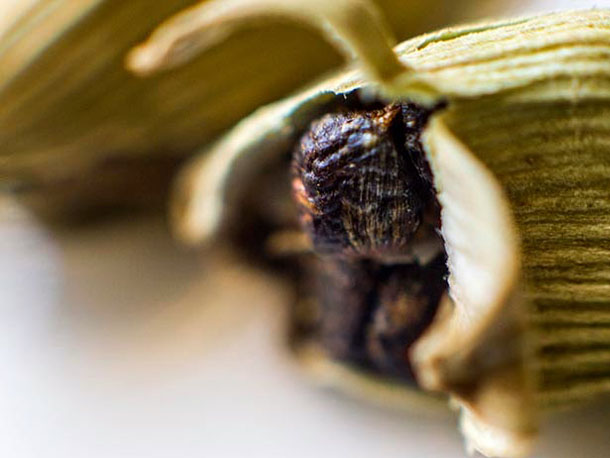
WHILE expectations of a good cardamom crop in Guatemala and constant demand have kept prices relatively low, there is potential for this to change in coming months, especially when low output and high demand in India is considered.
Reports suggest that top producer and exporter Guatemala should have another good crop this year, which would help to keep prices at their current low levels. Guatemala bold green cardamom was quoted at $6,500 a tonne last week, the level at which it has been since the end of 2004.
Guatemala produced a large crop in excess of 30,000 tonnes last year and is expecting a similar size of crop this year. One Dutch trader told an estimate of 29,000 tonnes seemed reasonable for this year. However, harvesting does not start in Guatemala until September, which means that the crop could yet be affected, perhaps drastically, by natural disasters such as hurricanes and floods.
Another factor that could add upward pressure to the world price of cardamom is the situation in India. Cardamom prices within India have increased recently, with poor production coinciding with high demand.
Reports said that 228 tonnes arrived at auctions in the country from August 1 to 16, compared with 290 tonnes in the same period last year. Consequently, cardamom is now being sold for Rs281.12 ($6.05) a kg, a rise of 17% from the Rs240.42 a kg it was being sold at this time last year.
However, India’s interaction with the world market is limited, meaning that the situation there may not have much of a bearing on the world price. As Mr Marchington pointed out, Indian cardamom is not as sought-after as the Guatemalan product is much cheaper.
The Dutch trader said that large stocks in places such as Singapore meant that, if India does start importing to meet its domestic demand, they will probably start buying these stocks rather than buying from origin countries themselves, which would delay any impact Indian imports would have on the world price.
Mr Marchington added that demand has been constant in Europe and strong in the Middle East, which imports a large amount of cardamom.

